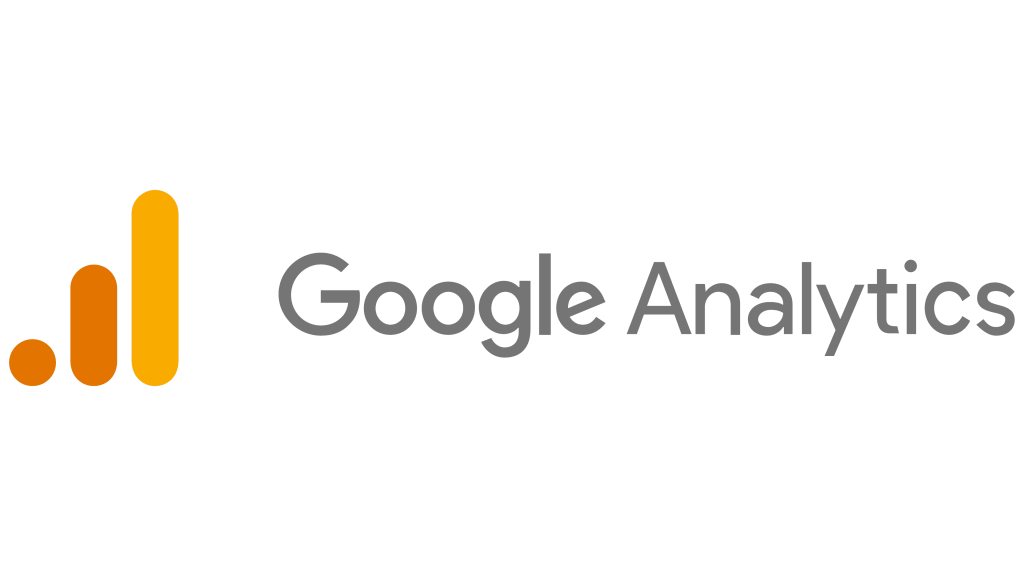Over 80% of marketers who use artificial intelligence (AI) claim quick, beneficial effects for their businesses. AI is increasingly becoming a crucial part of a variety of business initiatives, including content marketing and search engine optimization (SEO). However, how do you employ AI to support your SEO content?
Despite its complicated-sounding name, AI for SEO is straightforward because it mainly depends on your Artificial Intelligence application. Because of this, your company can start using AI in just five steps to boost your SEO and content strategy. Are you prepared to begin?
1. Locate your AI for an SEO program

You must select the application that will power your new strategy before your team can begin embracing the future of Search Engine Optimization. There are several AI-powered SEO solutions available, but only a few are content-focused. An example of a program that makes use of IBM Watson, a top artificial intelligence program, is ContentGeniusFX.
When it comes to keyword targeting, search engine optimization, and other topics, this tool can evaluate the SEO of content topics as well as already-existing sites and offer practical advice backed by statistics. To forecast the effectiveness of newly created or repurposed content, it can additionally make use of additional features. Spend time investigating your options and the cost of AI-powered software before choosing any AI application. You want to pick a platform that is dependable, strong, and has a proven track record of success. You can receive unhelpful recommendations that direct your content to the second page of search results if you spend your money on the first application you come across. You don’t want your material to appear on the second page because just 25% of users look there.
2. Select your content areas

You can begin utilizing AI for SEO as soon as you locate your AI application. For new material, you will typically use AI. You can also use it to reoptimize outdated content, though. If you want to produce new content, start by doing some topic or keyword research. Pay attention to problems that affect your market, company, goods, or services. For instance, if you provide cooking classes, avoid writing about the most recent lawn-care advice.
An illustration of an Answer to the Public outcome
The following resources will help you identify content ideas more quickly:
FAQ Fox Keywords: FX Public Response
After compiling your keywords or subjects, you may use AI to support your SEO content.
3. Have your topics examined

Each AI application is unique, thus the method you use to enter keywords or themes will be different. The majority of the time, your application will offer a manual or instructions for utilizing the program. They might even handle the submission procedure and deliver the results to your team, depending on the provider. Your AI platform’s details will also differ. For instance, if you use ContentGeniusFX for AI marketing, it provides the following data: You can then turn the data into useful information.
4. Examine your AI SEO results

Review your AI-generated SEO statistics after that. For example, the group in charge of your marketing and SEO initiatives should review the report. If there are any problems, they will want to review the data.
The content writers might then be given the recommendations. Depending on your line of work, you might use a different strategy. You might wish to go over the report with your content writers if, for example, they are a cross-departmental team.
You may go over some fundamentals of SEO, such as keywords and keyword stuffing, for instance. This proactive measure guarantees that your fresh content complies with both brand rules and SEO criteria. Make sure your writing partner complies with your report if you collaborate with a third party that offers writing services.
This exchange can be made simpler and less complicated by working with a full-service agency like WebFX that offers both SEO and content services. Everything in your report, including the suggested keywords and the semantic analysis, will be clear to them.
5. Compose your article
Your company can begin developing your AI-powered SEO content once your writing staff is on board. Whatever type of content your team or company produces, be sure it:

- meets the criteria of your brand
- utilizes your chosen keywords
- mentions the recommendations in your report
- The text should also be proofread by your firm.
While it may be tempting and faster to create something right away and publish it, you run the danger of sending your readers information that has glaring typos or spelling mistakes. Avoid the temptation and spend time editing and proofreading everything in your content, from blog posts to sales copy. Once the content is published, see your rankings improve. Not to mention, half of the businesses that spend in content marketing regularly release fresh content. Thus, businesses have material that isn’t generating leads, traffic, sales, or any of those things. An estimate of how often businesses utilizing content marketing publish The good news is that your company can optimize outdated material using AI for SEO.
You can use your AI program to uncover chances, such as title tags and keywords, that could raise the ranking of your content in search results. The same procedures listed previously should be followed if you want to SEO-power outdated content. However, develop a list of underperforming pages for content investigation.
An illustration of a page in Ahrefs

With SEO tools and software like Ahrefs, which demands a subscription, you can find low-performing pages. An illustration of a page in Ahrefs With SEO software and tools, such as Ahrefs, which costs a monthly membership, you can find underperforming pages. Google Analytics can also assist you in identifying pages whose traffic and conversions have declined over time (or never ever started). And it’s free.
An illustration of a Google Analytics report

Put your list of pages in your AI application once you have it. After reviewing your findings and suggestions, start working on reoptimizing those pages. Make a backup of the page and save the performance statistics before posting any adjustments. You can then evaluate changes made before and after publication. I’m done now! You now know how to use AI to support your SEO content on both new and old pages!















